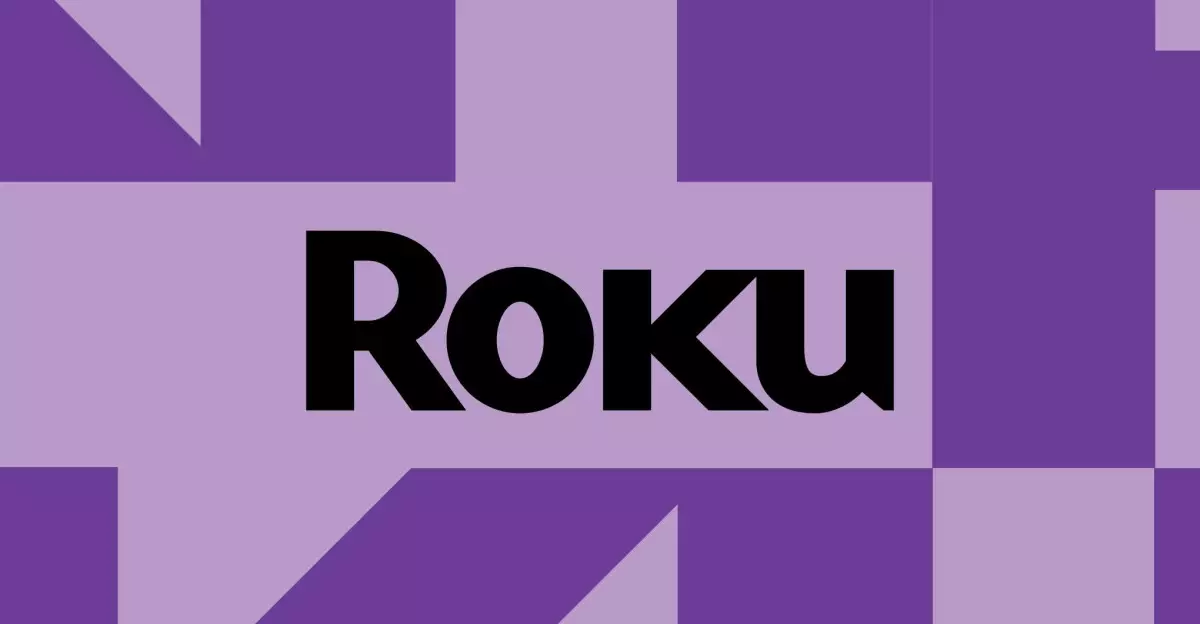In the ever-evolving world of digital entertainment, software updates are supposed to enhance user experience, not hinder it. Yet, a disconcerting issue has surfaced within the Roku ecosystem, where users have begun reporting significant problems with high dynamic range (HDR) streaming. The situation escalated following a recent software update that was intended to improve the performance of devices. Instead, it appears to have thrown a wrench into the vibrant world of color that HDR promises, rendering many viewers’ experiences drab and unsatisfactory.
Wes Davis, who covers tech and entertainment, highlights user grievances surrounding washed-out colors while streaming HDR content—particularly on Disney Plus. However, it seems this issue isn’t confined to one application or even one brand, as mounting evidence suggests that it affects several platforms, casting a shadow over Roku’s reputation in the streaming market.
The Fallout from Firmware Flaws
As viewers delved into the Roku community’s issue-tracking forum, it became evident that many are dissatisfied, not only with the current streaming capabilities but also with the company’s response. Users, particularly those with TCL and Hisense TVs, affirmed they were experiencing a drastic reduction in color vibrancy, describing content as tediously gray and devoid of the lush, dynamic visuals that HDR is meant to deliver.
Roku community moderator “RokuEmmanuel-D” acknowledged the concerns and requested more information from users—further highlighting the company’s reliance on user input for troubleshooting. While it’s commendable that Roku is open to feedback, the fact that users are reporting a systematic failure rather than isolated incidents suggests a more deeply rooted problem. This goes beyond minor hiccups; it indicates the potential for a fundamental flaw in how their system processes HDR content following the latest update.
Concern Beyond Consumer Complaints
The ramifications of this issue extend beyond simple aesthetics; they delve into the broader implications for user trust and brand loyalty. In a sector that thrives on the promise of cutting-edge technology, consumers expect companies like Roku to deliver reliable performance. A significant operational misstep—such as failing to provide a clear communication strategy or not swiftly addressing problems after they arise—can erode that trust in an instant.
The perplexing scenario warrants a deeper investigation into how hastily implemented software updates might have slipped through quality control checks. The evidence suggests that these issues are not merely a matter of untested features; the core functionality regarding color rendering seems to have been overlooked entirely.
User Experiences: A Kaleidoscope of Frustrations
User narratives paint a vivid picture of the impact this problem has on their viewing experiences. Many report watching previously captivating shows and movies, only to find an experience marred by an unexpectedly muted palette. Reports do not exclusively pertain to Disney Plus; users also express frustrations with other well-known platforms such as YouTube, Netflix, and Apple TV Plus. The universality of the complaints across diverse apps makes the situation even more alarming.
Some users have pointed out that, while HDR fails to deliver appropriate colors on Roku apps, the same hardware renders HDR positively when connected through HDMI to gaming consoles or Blu-Ray players. This discrepancy raises questions about whether the fault lies within Roku’s software handling of streaming services, exposing a critical vulnerability in their ecosystem.
The Search for Solutions and Accountability
As the discussions continue in various online forums, the urgency for Roku to deliver a solution is palpable. Users have become digital detectives, collaborating to identify specific models and scenarios where the HDR failure manifests. Their commitment to sharing information reflects an engaged community that, while frustrated, still holds a sliver of hope for resolution.
With the stakes so high in today’s competitive streaming market, Roku must prioritize addressing these issues promptly and transparently. A failure to act decisively risks not only alienating current customers but could also deter potential users drawn to the allure of streaming devices. If Roku hopes to sustain its position in this cutthroat industry, navigating through these stormy waters will be imperative. The viewer’s dissatisfaction echoes a critical reminder: in tech, promising innovation must not come at the cost of delivering a degraded experience.


Leave a Reply